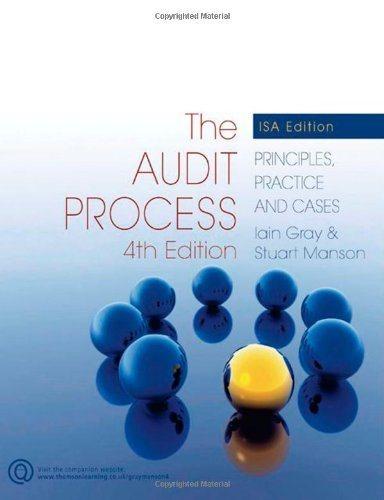Question
1a. In order to at least break-even, a price must cover total costs (COGS + fixed costs). Calculate total cost and per unit total cost
1a. In order to at least break-even, a price must cover total costs (COGS + fixed costs). Calculate total cost and per unit total cost for XYZ eyeglass manufacturer with the following information (show your calculations):
Total units produced and sold: 100,000
Total annual management compensation: $600,000
Annual utilities cost: $120,000
Annual office rent: $240,000
Annual advertising cost: $400,000
Annual shared admin department costs: $600,000
40,000 plastic frames purchased in January for $10 each
20,000 plastic frames purchased in March for $9 each
40,000 plastic frames purchased in August for $11 each
40,000 lenses purchased in January for $5 each
20,000 lenses purchased in March for $6 each
40,000 lenses purchased in August for $7 each
100,000 units of glue purchased in January for $1 per unit
100,000 units of screws purchased in January for $1 per unit
1b. XYZ eyeglasses company has decided to sell the glasses at a set price of $39.99 per pair. Calculate the quantity XYZ must sell to break-even. Then, calculate profit margin per unit assuming XYZ sells all 100,000 eyeglasses. (Show your calculations)
1c. What would be the impact to break-even and profitability for XYZ if it lowered the price by $5 to $34.99?
- What would be the new profit margin per unit?
- What would be the new required units sold to break-even?
- How much would the profit margin change?
Step by Step Solution
There are 3 Steps involved in it
Step: 1

Get Instant Access to Expert-Tailored Solutions
See step-by-step solutions with expert insights and AI powered tools for academic success
Step: 2

Step: 3

Ace Your Homework with AI
Get the answers you need in no time with our AI-driven, step-by-step assistance
Get Started


